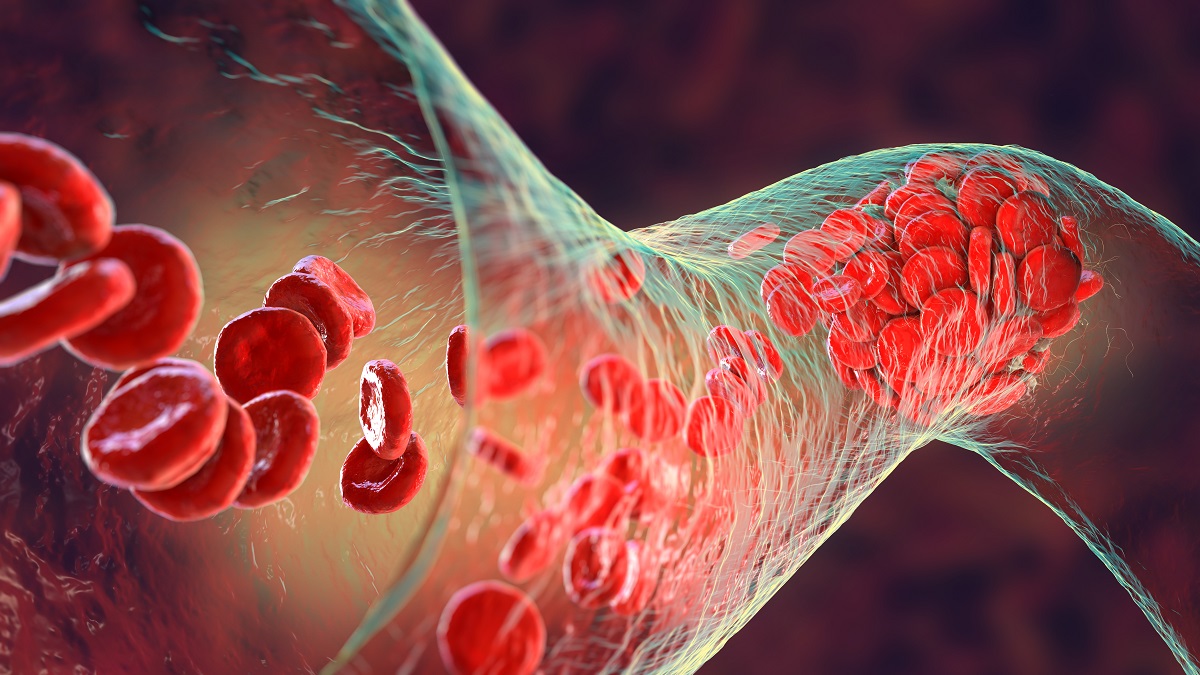KEY TAKEAWAYS
- The phase Ib/II trial aimed to determine the safe and effective dose of ONT in pts with EGFR-mutant NSCLC who have progressed on osimertinib.
- The primary endpoint was ORR based on RECIST 1.1 criteria.
- The study found ONT was well-tolerated and has shown promising efficacy in pts with refractory EGFR-mutated metastatic NSCLC.
Patients (pts) with epidermal growth factor receptor (EGFR)-mutant non-small cell Lung Cancer (NSCLC) who have progressed on osimertinib have few treatment options. Dual EGFR and HER2 blockade can reverse osimertinib resistance in preclinical models. Researchers aimed to determine the safe and effective dose of osimertinib, necitumumab, and trastuzumab (ONT) in EGFR-mutant NSCLC pts who have progressed on osimertinib.
Pts received daily oral osimertinib alongside intravenous necitumumab and trastuzumab every other week. Phase 1b utilizes a 3+3 dose-escalation design to establish the Recommended Phase 2 Dose (RP2D). Patient-reported outcomes (PRO-CTCAE) and quality of life (FACT-L) data were collected proactively. Efficacy was evaluated based on the objective response rate (ORR) using RECIST 1.1 criteria.
About 22 pts, with a median age of 63 (40-82), were enrolled and treated. The most common treatment-related adverse events (TRAEs) observed at any dose level included acneiform rash (63.6%), headache (45.5%), nausea (40.9%), dry skin (36.4%), diarrhea (31.8%), paronychia (27.3%), oral mucositis (27.3%), vomiting (22.7%), fatigue (18.2%), chills (18.2%), and anorexia (18.2%). Grade 3 treatment-related toxicities included acneiform rash (22.7%), diarrhea (4.5%), decreased lymphocyte count (4.5%), and hypertension (4.5%). No treatment-related Grade ≥ 4 AEs were reported. In phase 1b, 12 evaluable pts were enrolled, with 3 at Dose Level (DL) 1, 3 at DL 2, and 6 at DL 3; 3 non-evaluable pts were replaced. No dose-limiting toxicities (DLTs) were observed at DL 1 and 2, but 1 out of 6 patients at DL 3 experienced a DLT (persistent grade 3 rash). Due to grade 2 and 3 rash and paronychia occurring after cycle 1 at DL 3, DL2 was determined to be the RP2D among evaluable phase 1b pts, 58.3% (7/12) achieved either partial response or stable disease, 7 pts have been enrolled at DL2.
The study found ONT was well-tolerated and has shown promising efficacy in pts with refractory EGFR-mutated metastatic NSCLC.
Source: https://ascopubs.org/doi/abs/10.1200/JCO.2023.41.16_suppl.e21165
Clinical Trial: https://classic.clinicaltrials.gov/ct2/show/NCT04285671
Jonathan W. Goldman, Amy Lauren Cummings, Karo K. Arzoo, Eddie Hong-Lung Hu, Edward B. Garon, Evangelia K. Kirimis, Olga Olevsky, Brian Anthony DiCarlo, Sheldon J. Davidson, Anita Kaul, Zorawar Singh Noor, Melody A. Mendenhall, Deborah J.L. Wong, Holly K.T. Huang, Maria A Velez, James Chauv, Yosef Yarden, and Dennis J. Slamon. DOI: 10.1200/JCO.2023.41.16_suppl.e21165 Journal of Clinical Oncology 41, no. 16_suppl (June 01, 2023) e21165-e21165.



